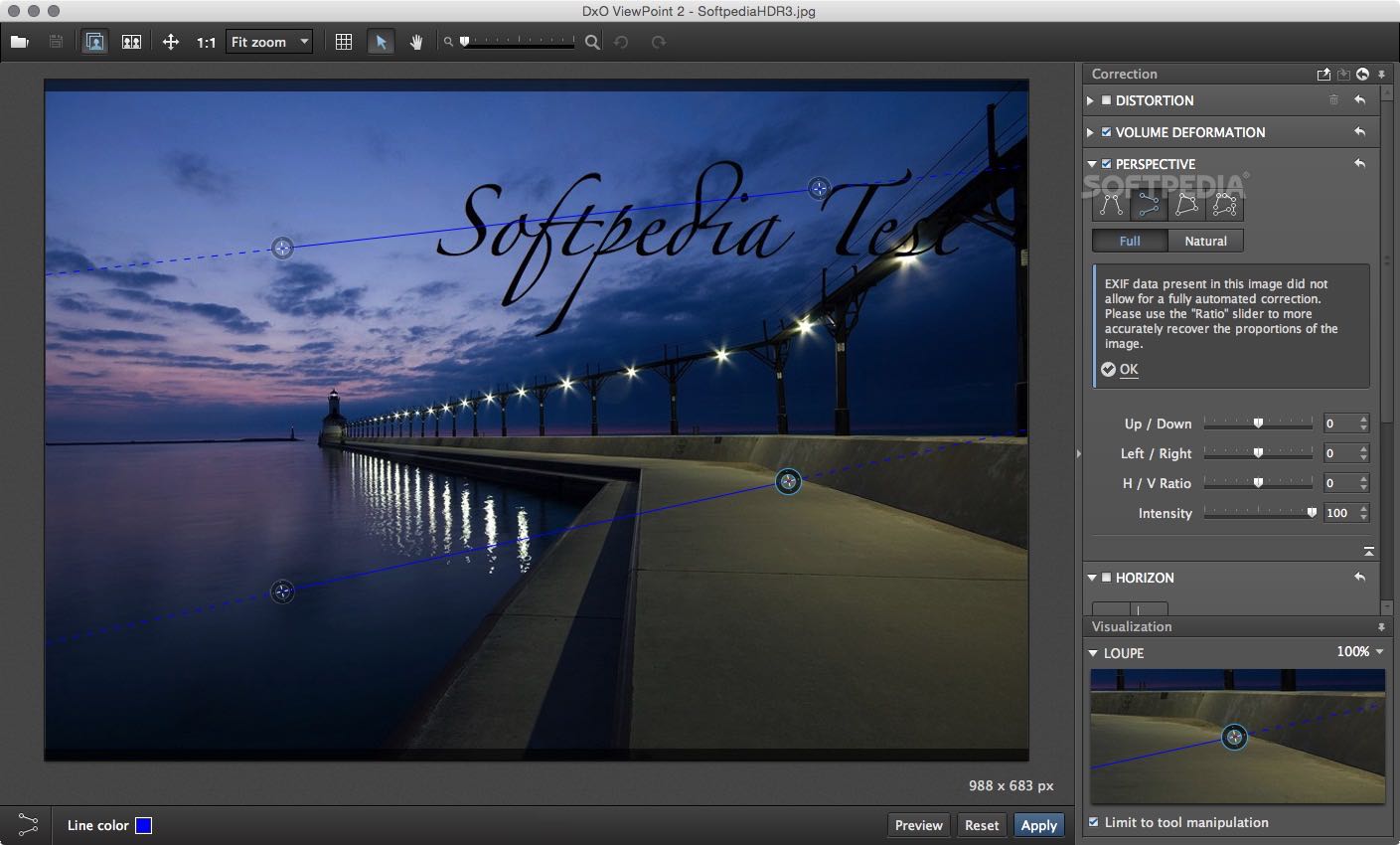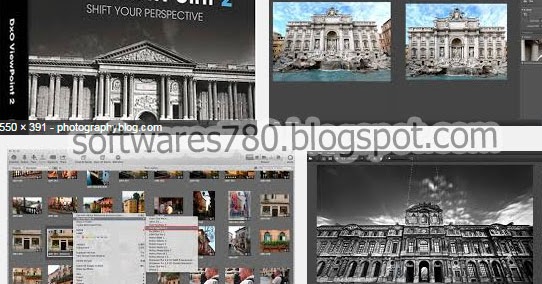
- #Dxo viewpoint release notes pro
- #Dxo viewpoint release notes software
- #Dxo viewpoint release notes iso
- #Dxo viewpoint release notes plus
#Dxo viewpoint release notes iso
Exporting with the High Quality NR setting, on the other hand, is quick and efficient-and not a noticeable strain on the system.Įven daylight shots at moderate ISO settings can get noisy.

Limit yourself to exporting a few images at a time with PRIME and you should be fine. I would avoid batch processing large numbers of files using PRIME, as this would very likely stress your computer’s resources. But this process is done in the background, meaning that you can continue to edit more files as it works. Image softness aside, the most obvious downside to PRIME denoising is that processing time when exporting the image can literally take several minutes. Additional steps include adding contrast, and maybe also the “Microcontrast” setting (Clarity in ACR-speak), and possibly boosting “Protect saturated colors.” Keep in mind that one setting may affect others and the overall look and feel of the image, requiring further adjustments elsewhere. DxO Lens Softness is a sharpness setting derived from the DxO Optics Module for the camera/lens in question, often without adding annoying halo artifacts-when not overdone (it may obviate the need for the Unsharp Mask). One involves an increase in the DxO Lens Softness Global setting while reducing Bokeh.
#Dxo viewpoint release notes software
Still, it’s a far cry from that plastic look that some noise-reducing software typically produces.Īccording to DxO and my own experience, you can counter this image softening by taking several steps. One side effect with DxO denoising-and most notably with PRIME-is that the image may look a tad softer, especially when viewed at 100 percent. High Quality denoising arguably has an almost indiscernibly rougher feel. PRIME imbues the image with a smooth, velvety texture. The difference in noise removal between PRIME and High Quality is barely noticeable, except when viewed at 100 percent. PRIME denoising applies solely to Raw images and should be used with extremely high ISO values or otherwise seriously noisy images.
#Dxo viewpoint release notes plus
For my final image (D) I used various controls to balance the highlight and shadow plus exaggerated the colors with added saturation to give the shot more of a carnival-like atmosphere.
#Dxo viewpoint release notes pro
Compare the original image detail (B) with the screen grab (C) that shows the “Magnifier” and settings for DxO Optic Pro 9’s new PRIME denoising. In this highlight-biased exposure (A) I wanted to minimize digital noise in the highly underexposed areas in this ISO 1000 exposure with a Nikon D600. I found this setting was also very effective with underexposed images. As a rule of thumb, the High Quality setting should be used with ISO levels in the range of 800 to 1600 (you’ll have to judge, based on your camera’s performance).

This extensive exploration identifies similar data (for) use (in reconstructing) image information.”Įven the more basic, but newly improved, High Quality NR setting goes far in removing both luminance and chrominance noise, with both Raw and JPEG images. Lightroom users will need to adjust how they work when entering DxO territory.Īs DxO explains it, “the denoising algorithms (in PRIME) analyze the structure of Raw images in depth: more than a thousand neighboring pixels are surveyed for each pixel. DxO Optics Pro 9 has its own way of doing things. You can apply Presets (keep in mind that Presets override existing settings) export (to disk and other applications) and print in either screen. The second (shown) is “Customize,” where all the image editing is done, with an array of settings palettes that you pick and choose to reveal or not.

The first, “Organize,” is where you select image folders. Optics Pro 9 features a customizable interface that uses only two screens.


 0 kommentar(er)
0 kommentar(er)
